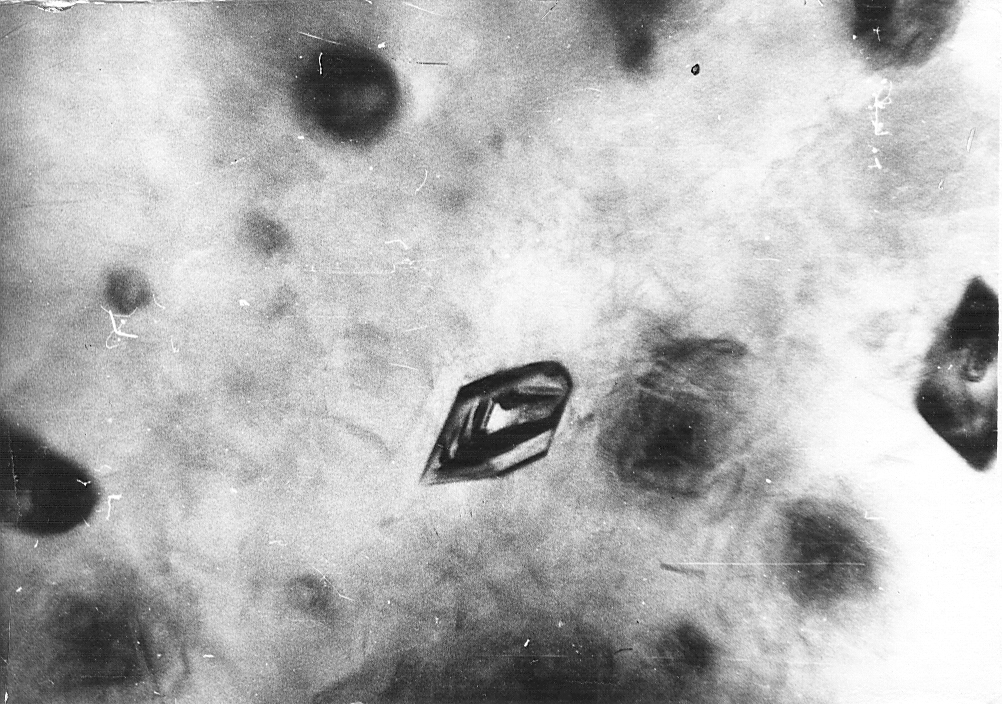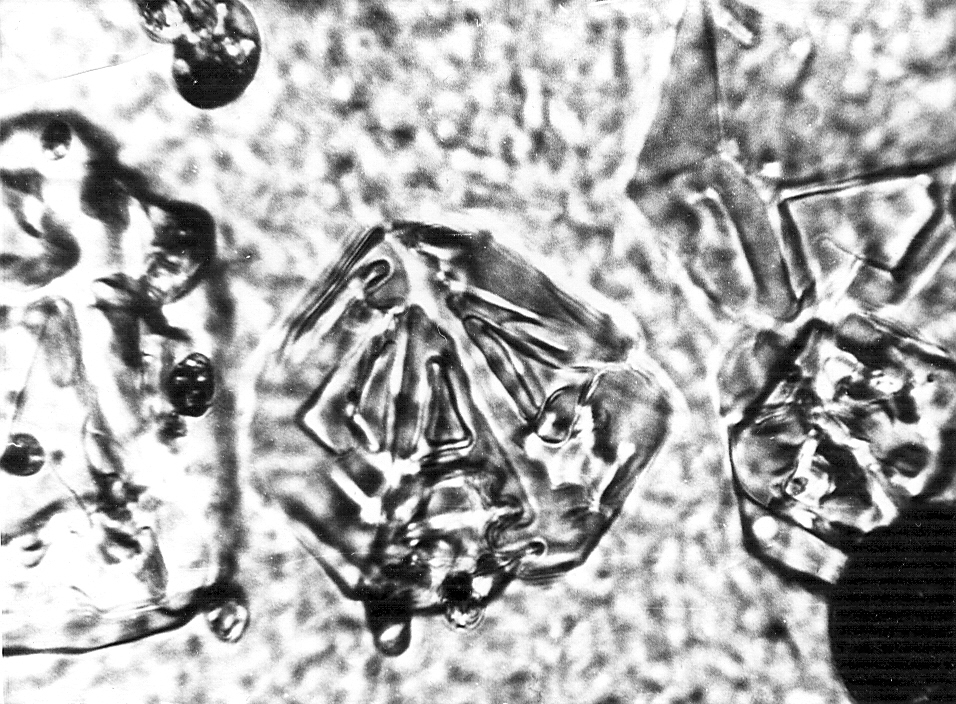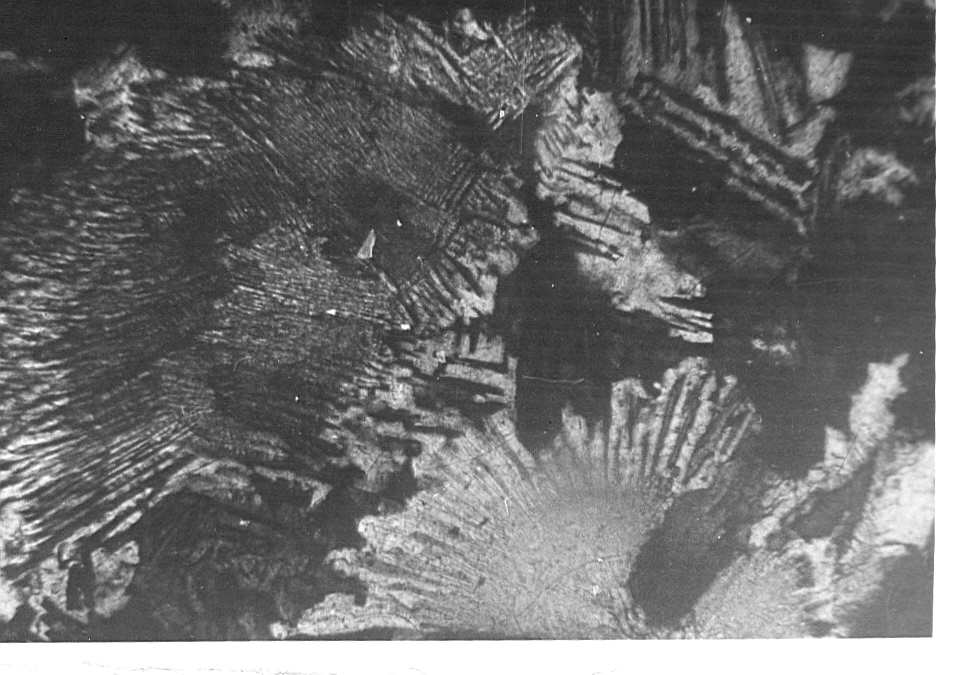|
CRYSTALLIZATION OF THE GRANITE MELT AT THE H2O PARTIAL PRESSURE DECREASE
Institute of the Earth’s Crust SB RAS, Irkutsk, Russia, med@crust.irk.ru
The performance of the experiment on crystallization of acid silicate melts are complicated due to their high viscosity that requires the use of precision technique implementing highly slow and uniform the decrease of temperature (0.001oC/h). Furthermore, the problems related to change of the fluid and melt compositions with the temperature decrease and essentially different release of the fluid ingredients during crystallization occur when we study the crystallization of melt equilibrated with compositionally complicated fluid. We have proposed the method which makes it possible to study the crystallization of aqueous-silicate melt under isobaric-isothermal conditions at the expanse of decrease of H2O content as an essential component influencing the granite melt crystallization. This enables sharply reduction of requirements imposed on equipment because it is easier to maintain the temperature with high accuracy but decrease it monotonously. We have developed the construction which allows us to decrease slowly the partial water pressure in the system at constant total pressure. Experiments have been pursued with preliminary melted glass. Its composition is as follows: SiO2 – 75.30%; Al2O3 – 14.30%; FeO3 – 0.46; FeO – 0.34%; MgO – 0.09%; CaO – 0.17%; Na2O –5.10%; K2O – 3.89%; TiO2 – 0.08%; P2O5 – 0.01%; MnO – n.det.; Cs2O – 0.24%; Cl-– 0.015%; total = 99.99%. 0.1% of Li, Rb, Cs, Be, Sn, Pb, Cu, W, Mo is added as ore components at T = 750-900oC, Ptotal – 1000-3000 atms., gas composition N2, CO2, duration – 24-700 hours. It was preliminary suggested the diffusion control over the water release from the melt and the crystallization will start from the specimen edges and then extend to its center. Experimental results show that marginal rim of melt is represented by the pegmatoid structure crystallization zone 0.1-1 mm wide composed by idiomorphic anorthoclase crystals with rare quartz and quartz-albite intergrowths against the background of homogenous glass. So called “vysypki” of ore minerals are shown along boundary of pegmatoid zone with crystallized glass matrix (fig. 1). If the system contains Mo and W this is a powellite forming ideal dipyramidal crystals 0.01-0.1 mm in size. Increase of the experiments duration does not result in further development of pegmatoid zone but it is observed the glass crystallization along total volume resulting ultimately in formation of skeletal quartz crystals (fig. 2) and quartz-anorthoclase intergrowths (fig. 3).
Such crystallization stems probably from the fact that the water diffusion coefficients essentially depend on its content in the melt and in this case the volatiles distribution character will essentially differ from the usual diffusion profile (Letnikov et al., 1978). That is, for sizes characterizing the system under consideration, as the water content in melts decreases it averages in such a way that renders crystallization possible along total specimen volume except the melt adjacent to zone of primary crystallization containing a small water content. Therefore, it should be noted that we are developed the procedure that allows us to study the melts crystallization at different fluid regime and constant total pressure and temperature for account of decrease of volatile components mostly affecting the crystallization parameters. It is shown that the crystallization front is really an active zone influencing the ore components distribution. The work is supported by RFBR (project ╣ 18-05-00394).
References Letnikov F.A., Medvedev V.Ya., Ivanova L.A. Interaction of granite melt with carbonates and silicates. Nauka, Novosibirsk, 1978, 153p.
|


